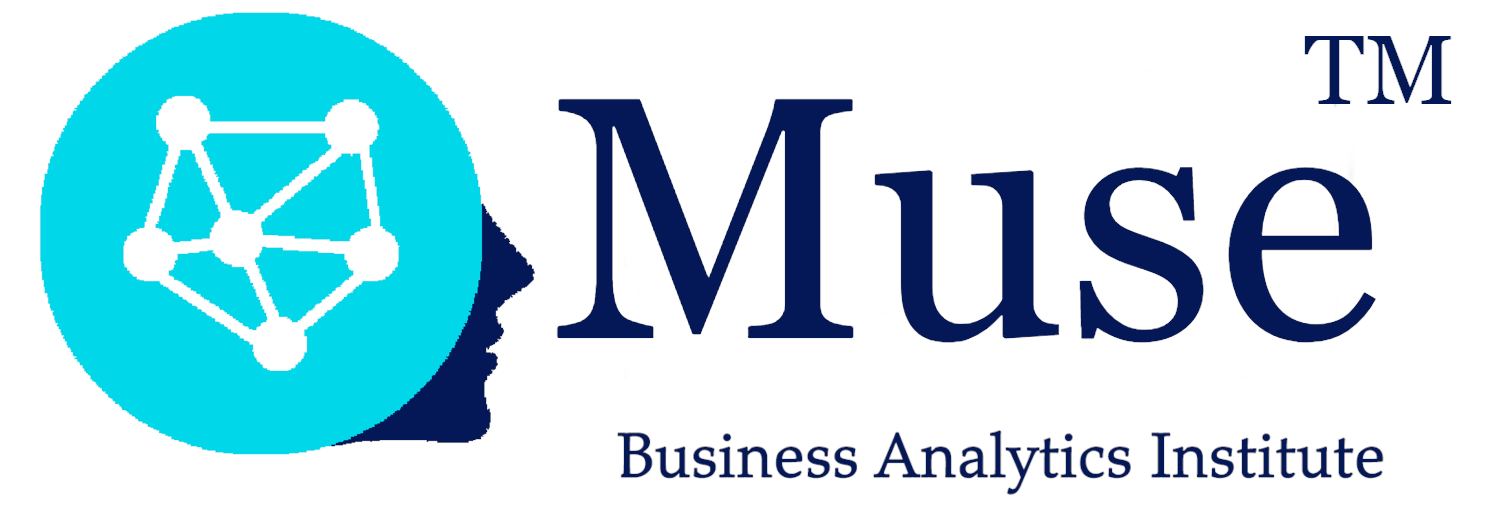Agronomy: Around the world of AI
Conclusion
This is just a suggestive, non-exhaustive selection of articles. There are other articles available on the subject, whether on the development of new technologies, new production techniques, or reducing the arduousness of agricultural tasks.
We can see that it is mostly the less wealthy countries that are using and recognizing the true value of these new technologies.
However, the benefits of AI in agriculture are already evident. Thanks to AI, government agencies and companies can improve data collection, which in turn enriches databases that will later be used by farmers.
It is this collected and processed data that contributes to better resource management (e.g., water). With more and more countries facing major climate changes, resources like water are becoming increasingly scarce for some. Image recognition also allows farmers to detect plant diseases early.
Another point is the development of drones, which has created jobs (drone pilots and/or rental services) and made agricultural work less arduous or dangerous for farmers.
AI, in its multidisciplinary sense, also enables the development of new forms of agriculture and better management of these crops (e.g., hydroponic farming). AI helps develop new products to combat phytoviruses and create new herbicides and fungicides.
But AI is not just a tool for destruction; it is also a tool for creation. Using AI, we can develop new seeds that are more resistant to the various consequences (drought, insects, etc.) of climate change.
We have also seen that disadvantaged countries are the strongest advocates of AI for survival, despite the various challenges preventing them from implementing the benefits of AI in agriculture (Ahmad A. & al., AI Can Empower Agriculture for Global Food Security: Challenges and Prospects in Developing Nations, Frontiers in Artificial Intelligence). These challenges are financial, related to setting up specialized infrastructure in specific conditions, having qualified personnel to manage this infrastructure, the lack of appropriate regulations, low awareness of new technologies, limited access to knowledge (illiteracy), a lack of historical data, and cultural diversity, all of which complicate the implementation of AI-based tools.
To conclude, I would like you to underline just one sentence:
“Don’t confuse modernity to be ‘high-tech’ with modernity to survive.”

